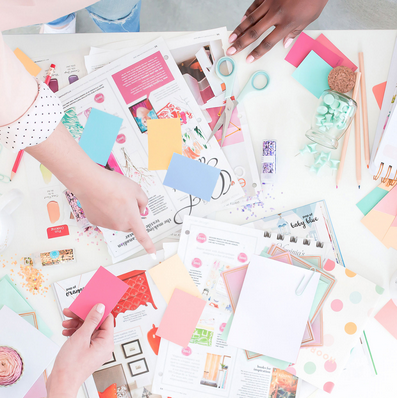grab our FREE
‘Do’s & Don’ts of what to add to your website’ Guide.
‘Do’s & Don’ts of what to add to your website’ Guide.
emails with additional helpful content.
Hi, we're so glad you found us.
We love helping creatives like you finally have the website you’ve always wanted.
few simple steps
Follow us
What is a signature style and, do I (really) need it?
After years of working in the design industry, I have finally understood the importance of a signature style and how it makes you stand out.
But don’t worry, you don’t have to spend years discovering. I’m going to share with you my insider tips to help find your style (and how that will help attract the work you want).
Before we start – check out our Design Series below.
- How to Barter or Trade Creative Services (the fair & stress-free way)
- Should I Watermark my Designs?
- Which Mac is Best for Designers?
- Mockups for Pattern Designers – The Ultimate Resource Guide
- What are Vector and Raster Files?

What is a Signature Style?
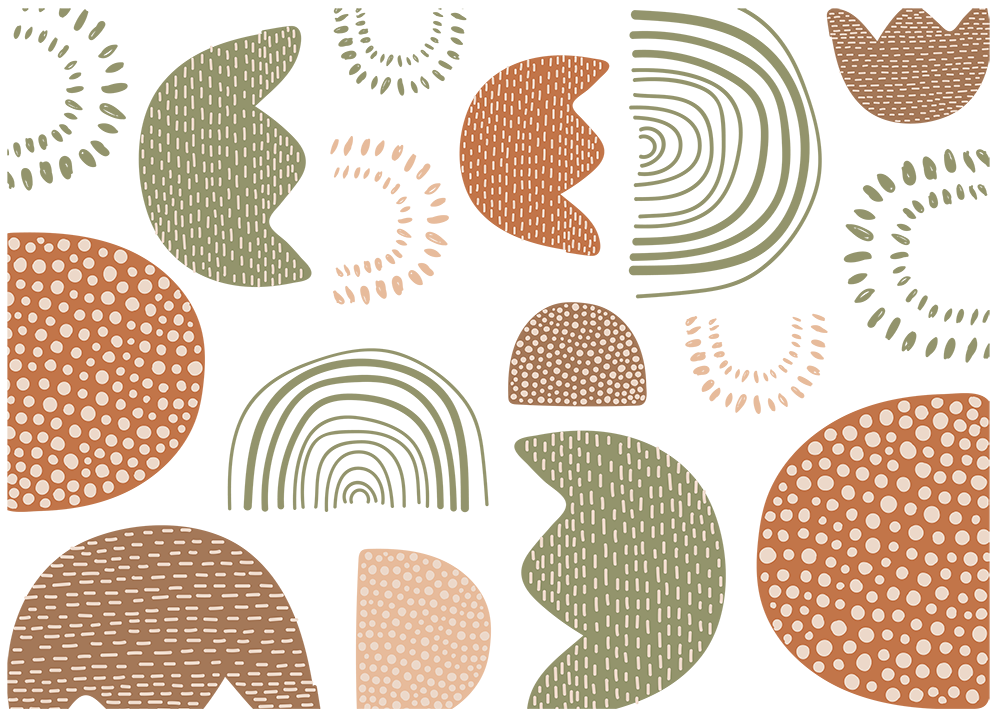
As a creative, have you ever been told to stand out, you need to develop a “signature style”, while still being confused as to exactly what it is?
I’m going to take away all the mystery and look at a few different creative fields to understand why a signature style is so vital for you and your brand.
When I worked in the media industry as an in-house graphic designer, there wasn’t a lot of emphasis placed on my design style.
The goal was to follow strict brand guidelines and create the design work quickly and accurately, ensuring all departments and clients were happy. (Graphic Designer not included!)

I remember my manager excitedly telling me, “You’re a jack of all trades”.
Which I knew (really) meant, I had no signature style. And even worse, my work doesn’t stand out as my own.
When I started my own freelance business, being able to do a bit of everything was useful for getting design consulting work. But I wanted to be known for one thing.
I discovered you don’t have to be everything for everyone; specialising in what you enjoy is what separates you from everyone else.
A Signature Speciality
Just as a Doctor or General practitioner (GP) can help you with many different types of medical problems, it gets to a stage when they’ll refer you to a specialist.
A specialist is someone who excels in a particular field. They have become that way by practising their craft day in and day out. (And they also charge a premium price for that speciality).
But as a creative, how do you find your signature style?
Five steps to creating your Signature Style
1. What do you love to do in your field?
2. Now, let’s look at what you don’t like
3. Practice, Patience, Practice
4. Design For You
5. Create Your Portfolio
1. What do you love to do in your field?
If you like a bit of everything and can’t decide, that’s perfectly ok. At this stage, you can try “everything” because a signature style takes time to develop.
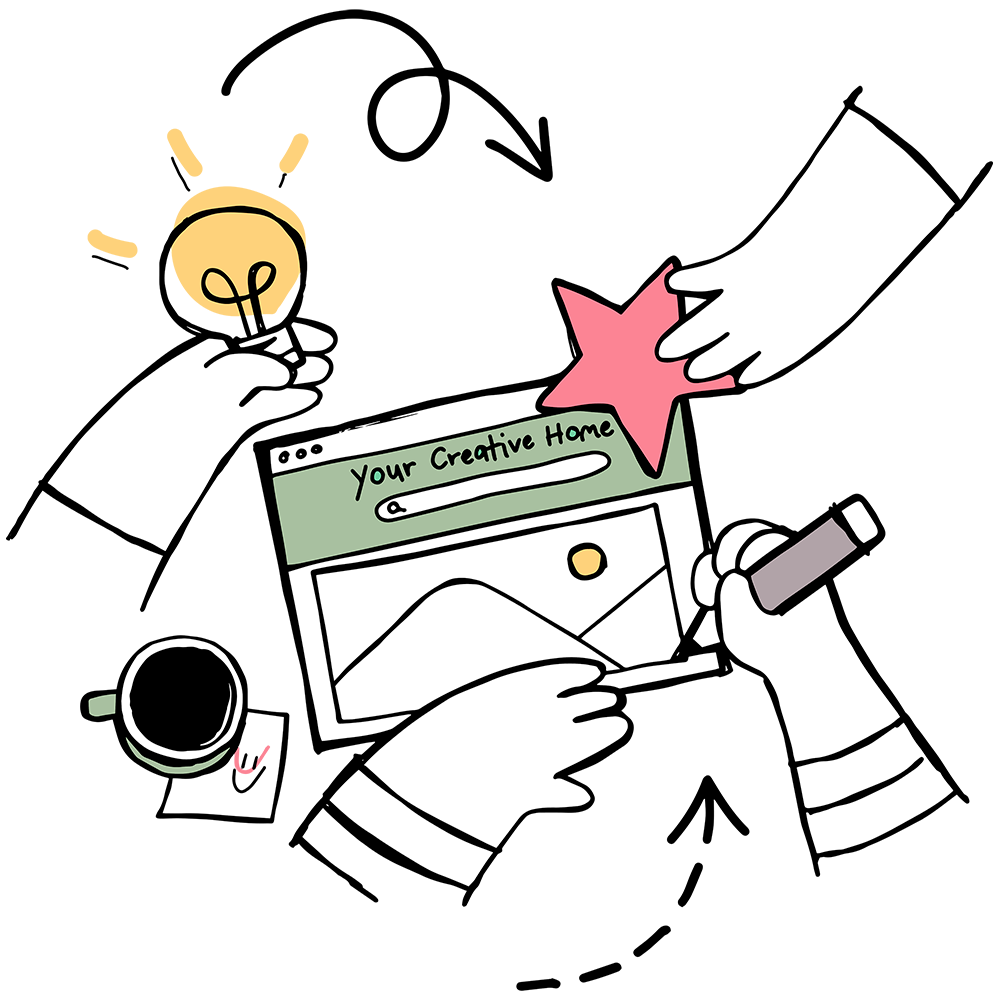
This process applies to all creative fields, but let’s start with a Photographer.
If you love classic Black & White images over Colour or capturing Destination Weddings over Baby Portraits, then this means you’re on the path to finding your signature style.
What to do if you can’t decide on one direction:
- Make a list of 5 things in your field that you love doing.
- Out of that list, what are your 3 favourites?
- From that list, is there 1 thing that you could see yourself doing daily?
- For the next month, only create work in that one area.
Insider Tip:
Many multi-passionate people find it hard to pick just one from their list. If that’s you, try our tips below.
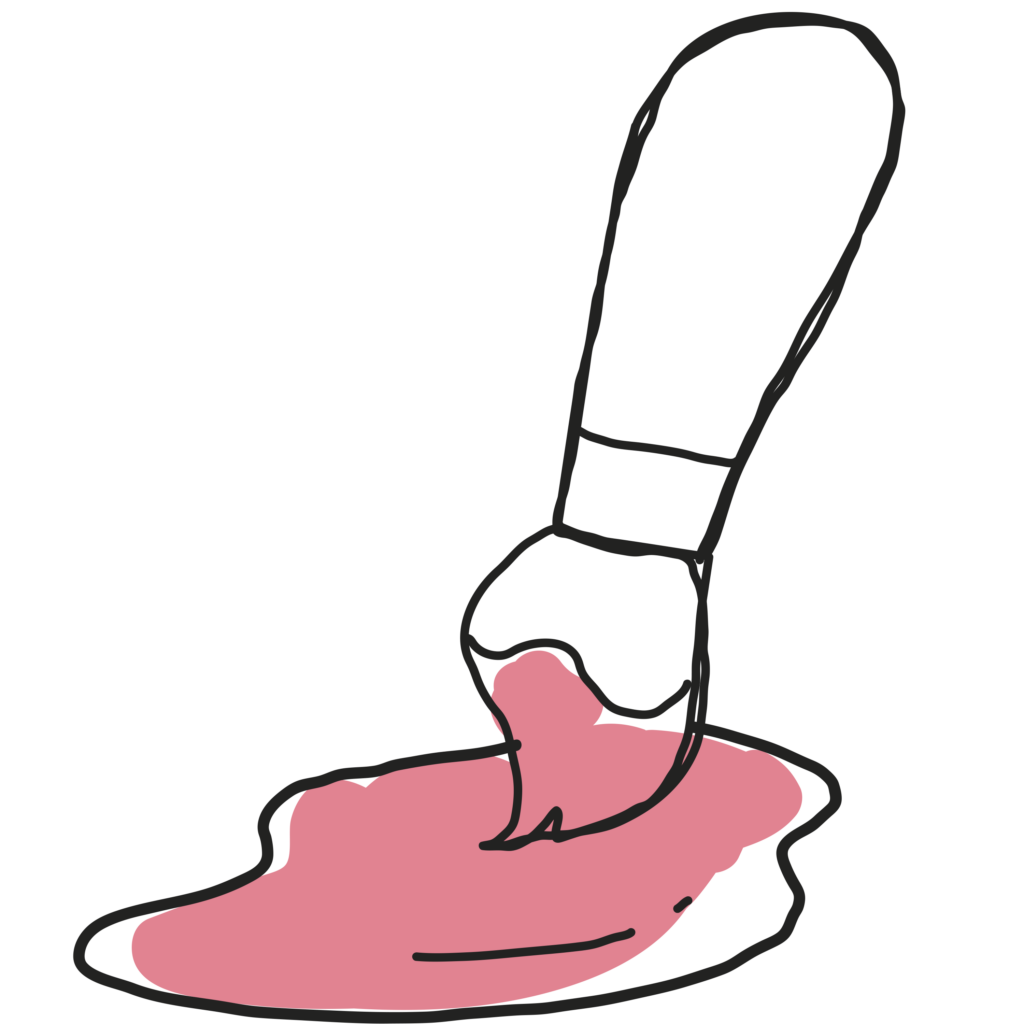
The first thing you write on your list is normally the one that you (really) love the most.
After the month is over, reflect on how it felt to be working on just one topic.
Did you enjoy it? Or did you miss doing things from the other areas?
If you felt something was missing, continue down your list and try the next topic. This process of elimination can help you zone in on your main area of interest.
A great place to start is to think about what you could do every day (even without being paid to do it).
And, would you be happy to be known for this one thing?
As a Surface Pattern, Designer or Illustrator, explore the mediums you want to draw.
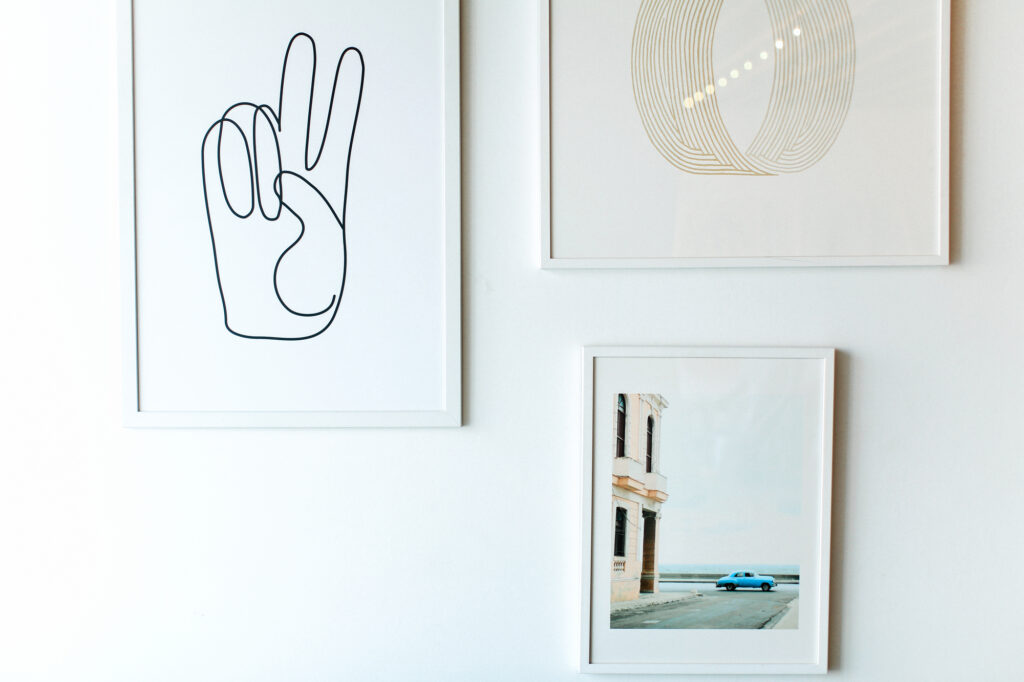
What feels natural and exciting to create?
Break it up into sections.
Nature: Botanicals & Florals.
Animals: Our feathered & furred friends.
People: Faces & Hands.
Hand Lettering: Create your own font.
Where do you want your work to be featured? Do you want it printed on material, stationery or home decor?
Try them all, but zeroing in on one (or creating a totally unique combination) is what will make you an expert in the field.
2. Now, let’s look at what you don’t like
Eliminating what you don’t like brings you one step closer to discovering your signature style.
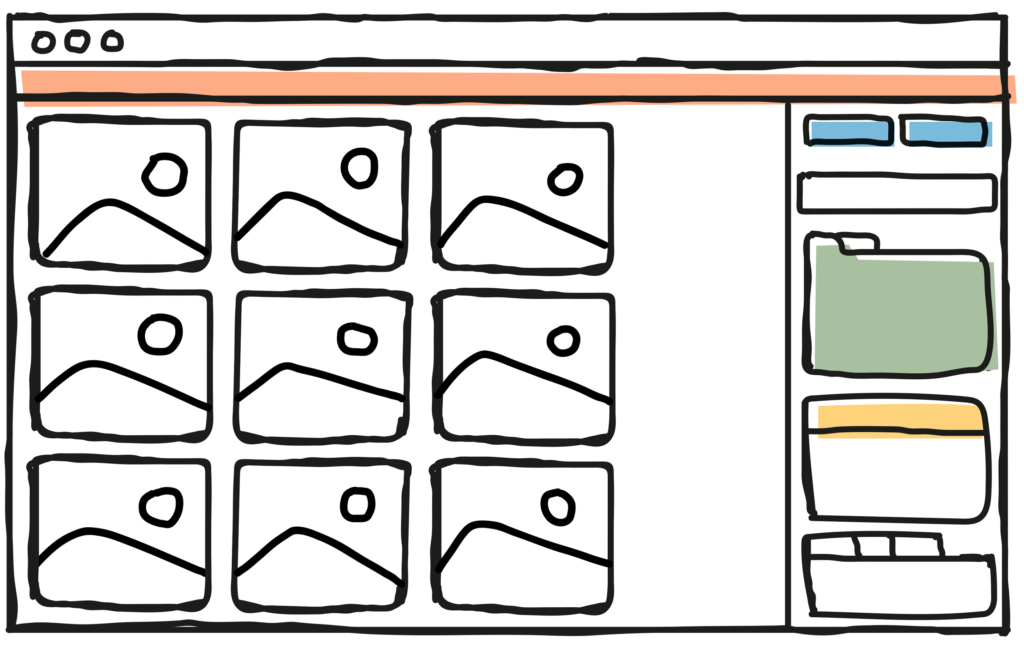
Just because you can do something well, but hate doing it, doesn’t mean you have to show it on your website or portfolio.
Throughout my graphic design career, I had to create detailed maps in Illustrator. I dreaded doing them, but always added them to my portfolio because I wanted clients to know that I was capable of doing everything.
By adding the maps, I was telling my clients that I like creating them and I want to create more of them. In reality, I didn’t want to be known for creating maps. So I took them all out.
You can do the same. Put that piece of work aside, forget about it and concentrate on what you enjoy doing.
3. Practice, Patience, Practice
Everyone wants results fast. But this will take time and lots of practice, so be patient and give yourself grace.
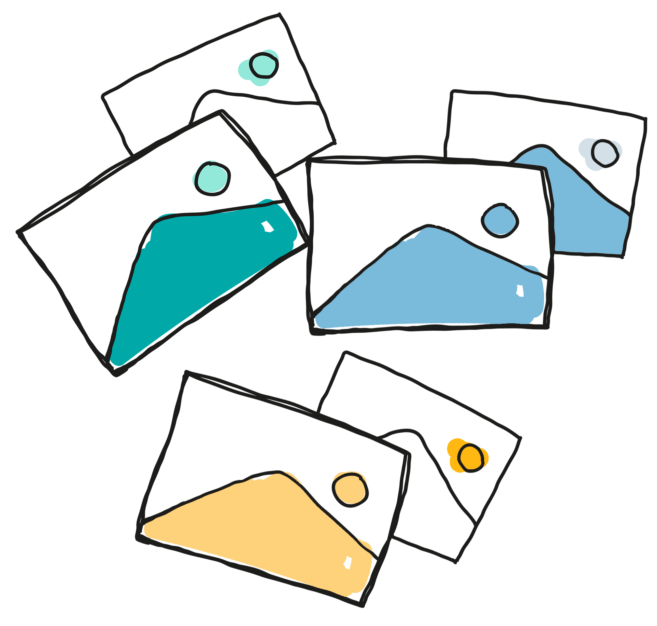
Try new mediums, colours and styles. Break away from what you would normally do, and create.
This developing stage lets you experiment and develop your style slowly.
Keep all the work you create (resist throwing anything away). Look back over it and see if a particular style is forming.
Insider Tip:
If you’re thinking about how long this will take (because you believe you don’t have time), start with just 15 minutes each day. That’s all.
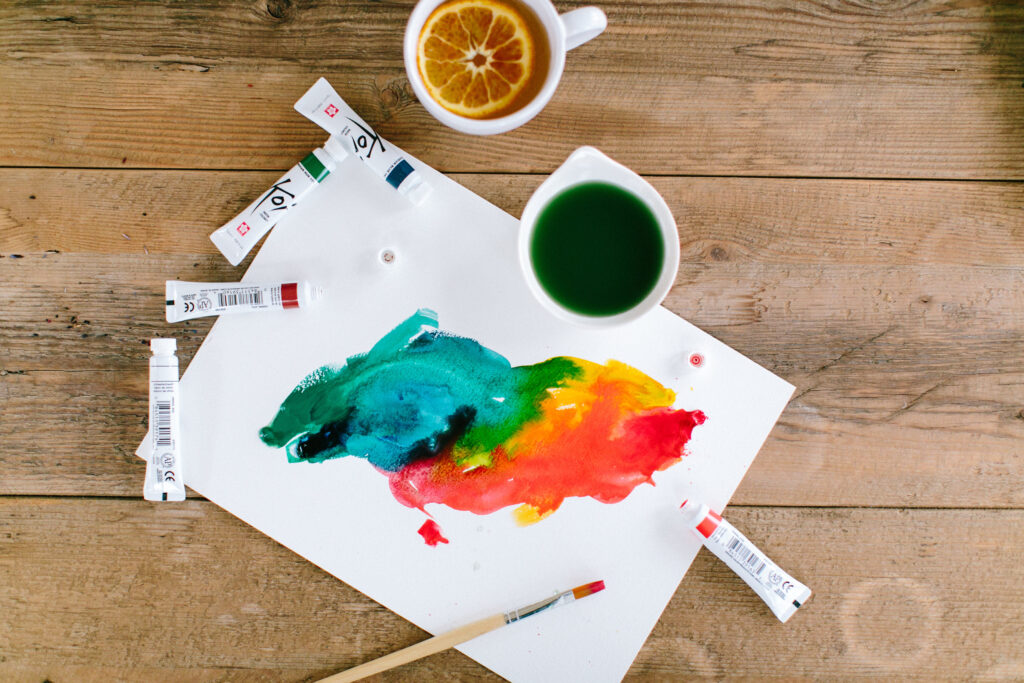
Step away from your computer and create a space for your practice.
You’ll get better results if you do it every day rather than 3 hours one day and then nothing for the rest of the week.
We have to train our brains to think differently.
But we also have to ease into this new practice, so 15 minutes is a perfect starting point. Over time, that 15 will increase to 30, 60 and so on.
But only you will know if and when to increase the time.
Otherwise, stick to your 15-minute routine. You will be amazed at the results you will start to see.
4. Design For You
Designing just for you means creative freedom and finding joy in the work you create.
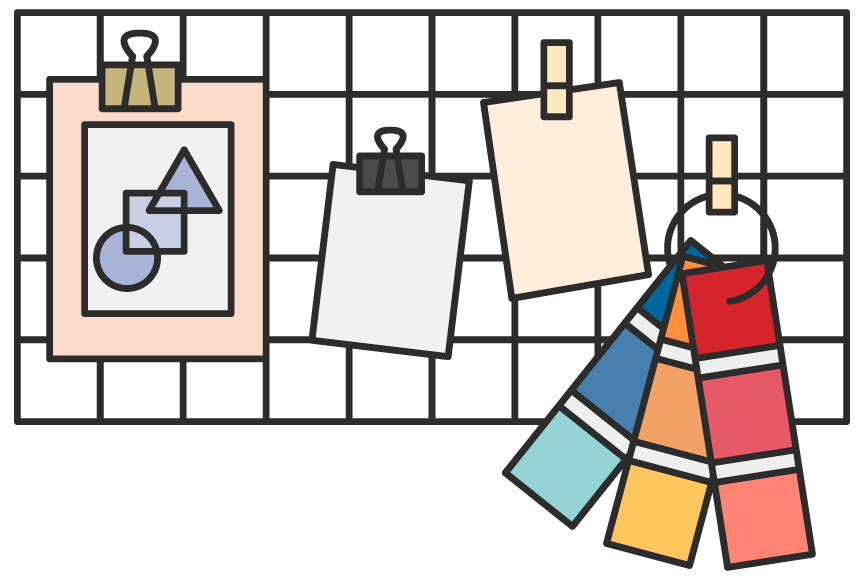
Imagine the feeling of designing without a brief.
We’re talking about no deadlines and no restrictions.
After spending years working in a fast-paced and deadline-driven design department, this sounded amazing!
But being able to create anything you like can sometimes have the opposite effect and seem daunting. If you feel like that before you start, create a Mood Board.
Insider Tip:
A Mood Board helps you get the ideas of what you want to create out of your head and allows you to put everything together in a cohesive way.
5. Create Your Portfolio
Once you’ve developed your signature style, carry it across everything you create, especially in your portfolio.
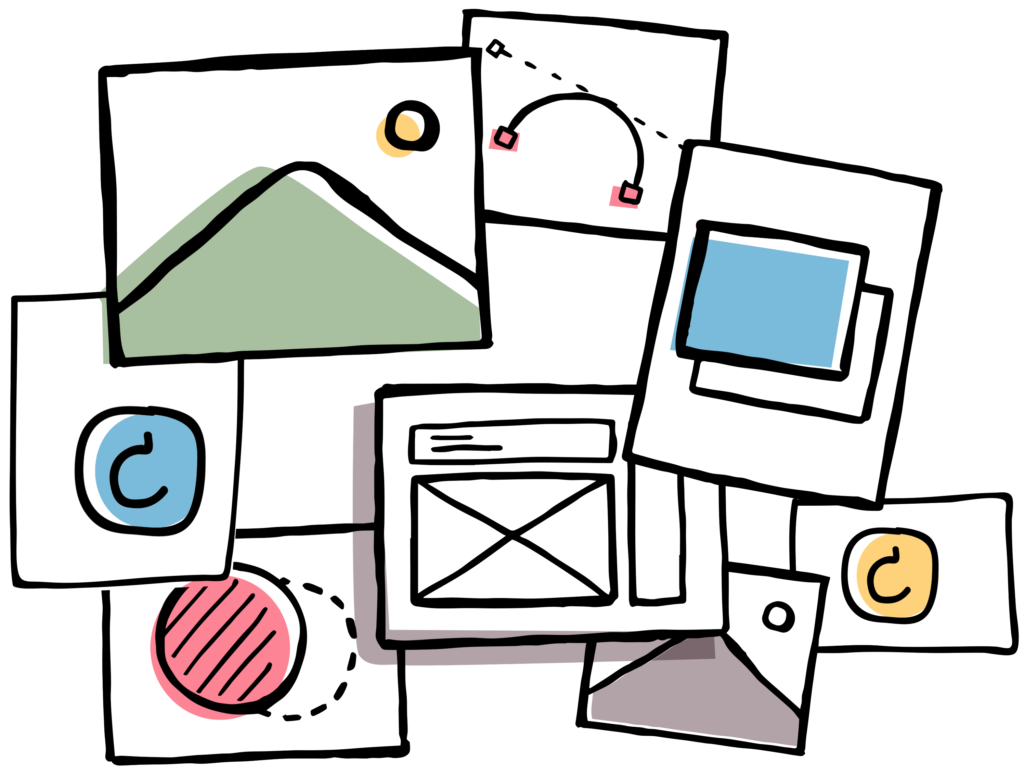
Remember, your portfolio is a work in progress. So update it constantly.
As your style continues to grow, show that by taking out old work that doesn’t reflect who you are.
Sharing your work online can feel daunting, but it will help attract your ideal client as they’ll come to you because they love your work and your style.
Clients will start to pin your work, rather than a client sending you a Pinterest page and asking you to re-create everything on it.
Get ready to hear the words “You’re the expert, I trust you”.
Your Action Steps
Develop your Signature Style by following these 5 steps
1. What do you love to do in your field?
2. Now, let’s look at what you don’t like.
3. Practice, Patience, Practice
4. Design For You
5. Create Your Portfolio
Where to next?
- Should I name my business after myself? Find out Here
- Want to create an inspirational Mood Board? Check it out here
- Want to update your website? Start Here
Want more insider tips?
Grab our FREE Essential Guide for Creatives. “Do’s & Don’ts of what to add to your website”. We give you a simple plan to follow so that you’ll never have to question what to show online again.
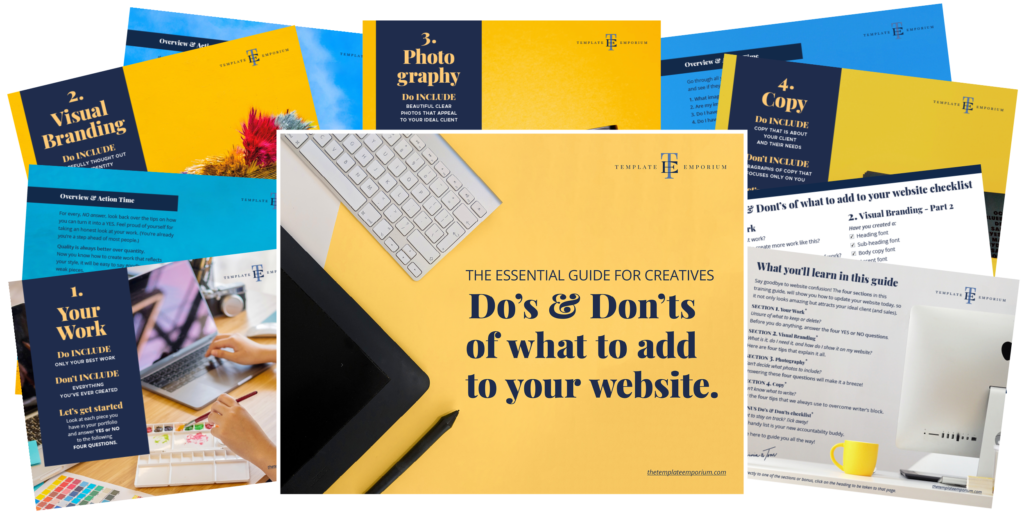
Like this blog post?
PIN IT FOR LATER. And For more helpful tips follow us on PINTEREST.

Search
Create & launch your website in a
few simple steps
FREE GUIDE
While you’re here,
grab our FREE
‘Do’s & Don’ts of what to add to your website’ Guide.
‘Do’s & Don’ts of what to add to your website’ Guide.
When you sign up, we’ll send you
emails with additional helpful content.
About Lavinia & Tom
Hi, we're so glad you found us.
We love helping creatives like you finally have the website you’ve always wanted.
Blog Categories
Follow us
